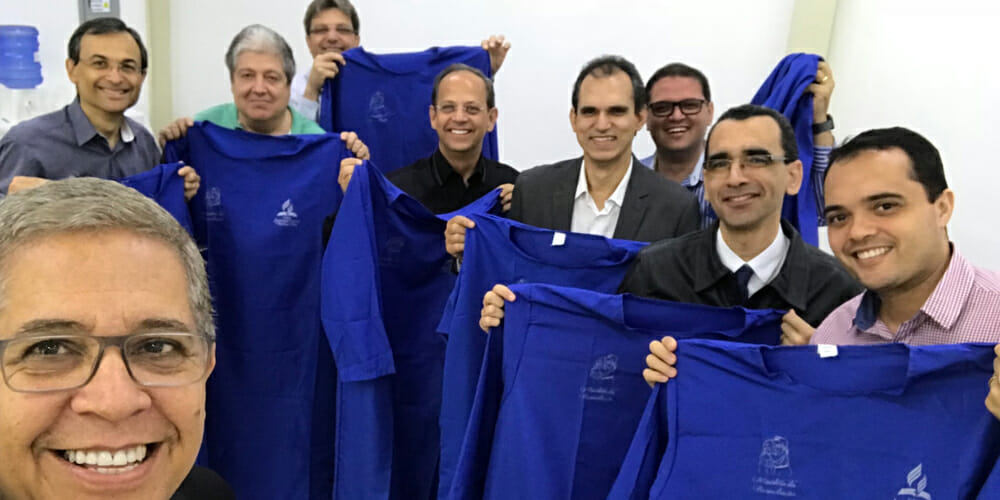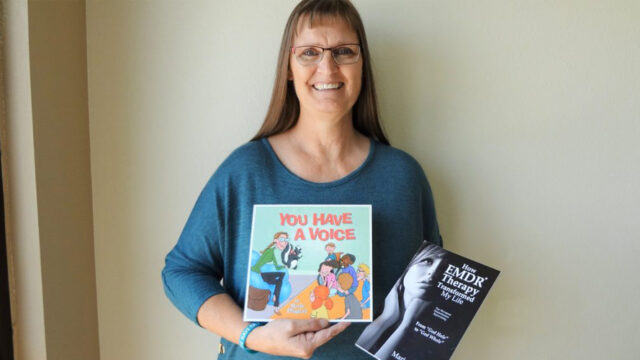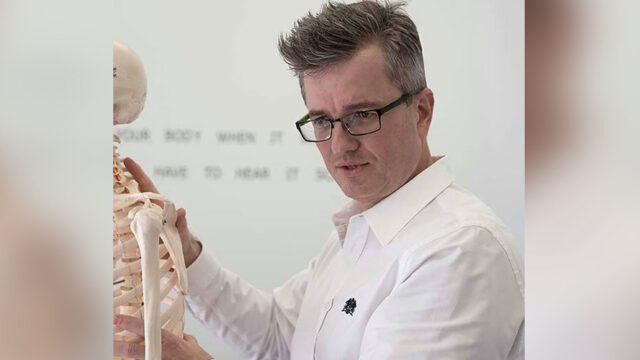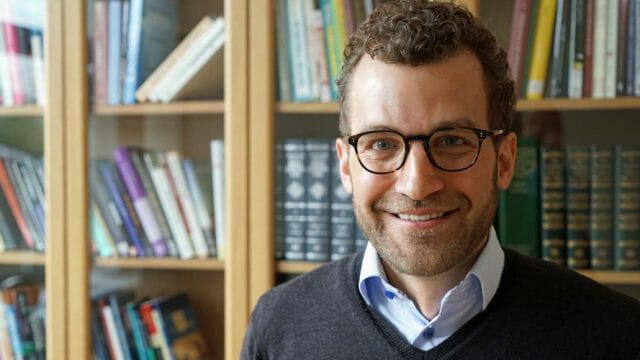Nurture and Retention Summit presentations showcase methods for reclaiming former members.

There is no way around it.
Data shows that despite the increasing number of people who decide to become members of the 21-million-strong Seventh-day Adventist Church, the denomination’s net loss rate is high — 4 out of every 10 new members are slipping away, according to Adventist Church Archives, Statistics, and Research (ASTR) director David Trim.
The main problem? “Local churches’ members don’t love each other,” Trim said at his presentation at the 2019 Nurture and Retention Summit at the world church headquarters on April 7. “Many congregations have a high level of conflict that seems to push people away.”

“Many [former members] are waiting for us to reach out to them and love them, with the love of the shepherd and the father in Luke 15,” he said, in reference to some of Jesus’ most often quoted parables. “More than three-quarters are open to reconnect with the church if it’s done the right way.”
Putting their money where their mouth is, several church regions around the world are implementing programs that seek to connect and invite former members back to church.
Reclaiming Former Members
Perhaps no region has been more successful in reclaiming former members than the South American Division (SAD). According to regional statistics, in the 2014-2018 period, 154,202 former members returned to church across the region. This is 12.9 percent of total baptisms, reported Adventist Church assistant to the president Magdiel Pérez Schulz, who worked in the SAD before coming to serve at the world church headquarters. In the Central Brazilian Union Conference (CBUC), 18.2 percent of baptisms are re-baptisms, added CBUC executive secretary Emmanuel Guimarães.
These are not a result of chance but of earnest prayer and careful planning, SAD leaders said.
Guimarães shared that church leaders surveyed rebaptized members, asking them, “What was the strongest deciding factor that helped you decide to return?” The most important factor was “to discover that someone was praying for them, [and] to find someone who really cared,” he said.
So the question arises, how can members get involved in reclaiming members who have left the church, Guimarães said. SAD leaders shared some of the methods they have successfully implemented across the region.
Baptismal Robes and Lots of Love
A couple of years ago, an Adventist restaurant owner and lay preacher in São Paulo, Brazil, had an idea. Seeing that many attending his evangelistic series were former church members, he decided to provide them with a tangible invitation to come back. At the end of his messages, every former member received a free baptismal robe with the suggestion, “Save it for the day you are ready to return and be rebaptized.”
Guimarães said that some of those robes stayed unused in a closet for weeks, months, or even a year. Eventually, however, the day arrived when they were put to good use.
From that lay-led beginning, the initiative has flourished across other regions, SAD president Erton Köhler told the Adventist Review. Recently, a church region in Brazil ordered 8,000 baptismal robes to be given away to former members, he reported.
The program evolved into a more intentional initiative, Köhler said. “Currently, many church members receive a baptismal robe that they can wrap and personalize as a gift to a particular former member,” he shared. “When a church member pays a visit to the former member, he hands the person the baptismal robe and invites him or her to come back.”
And there’s more to it, Köhler added. “That baptismal robe is not for the [returning] member to keep, because at the member’s rebaptism he or she is invited to pass that robe on to another former member,” he said.
Intentional Planning
Church leaders agree that any successful reclaiming initiative requires careful and deliberate planning. It is the impetus behind Projeto Reencontro (Reencounter Project), a step-by-step plan the SAD has implemented to train church members to reach out to relapsed or absent members.
According to Pérez Schulz, the Reencontro initiative includes an intentional strategy to get church members involved. “It requires training greeters, deacons, and elders to be warm and friendly, never judgmental [when former members start reattending church],” he said. Among other things, “it also includes keeping returning members engaged, getting them involved immediately in the life of the church.”
The region has developed a number of resources, including a pamphlet for current members, explaining what the reclaiming ministry is about, and personalized invitation cards. Once a year, a special Reunion Sabbath is held, to which former members are invited.
“The sermon that day usually talks about how good it is to be part of God’s family,” Pérez Schulz said.
Finally, the region is recording success stories — personal stories of people who returned to church after a church member prayed and reached out to them — as a way of encouraging other former members to follow their example, Pérez Schulz explained.
“When [former members] watch those videos, they are moved to the core and are more willing to give the church a second chance,” he said.








